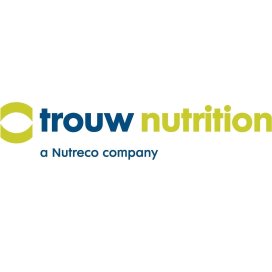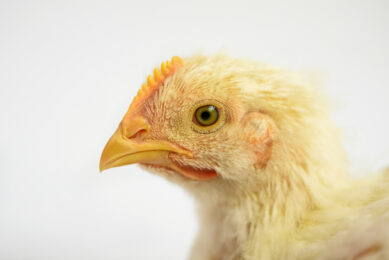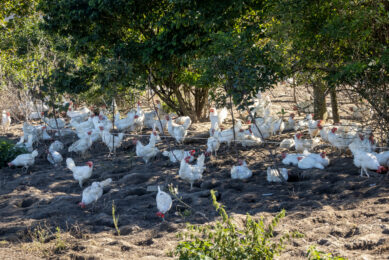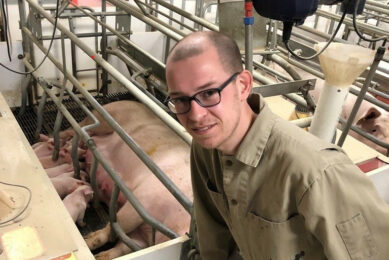Formulation redefined by science, tech and people
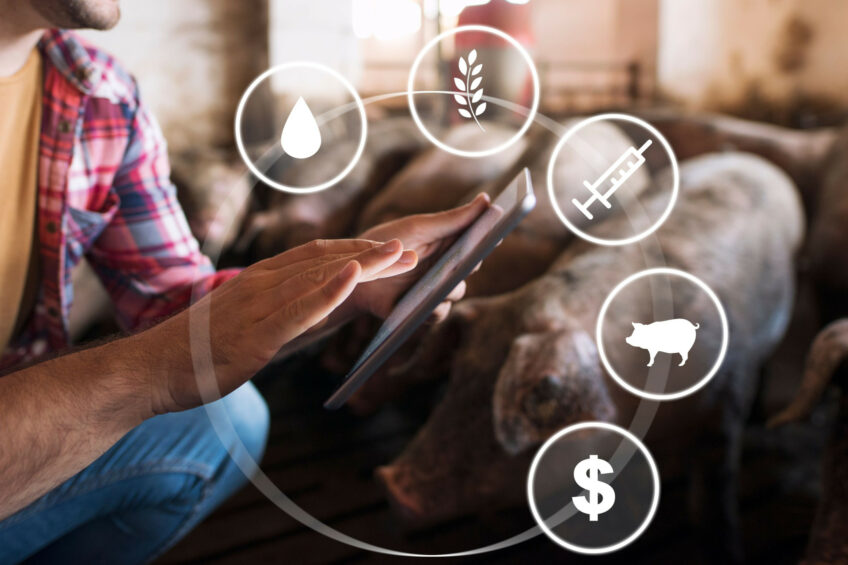
Formulating animal diets is no longer a linear process. Thanks to advancements in technology, digital twin modelling, and science, today’s animal nutritionists and scientists are more empowered than ever to design precision diets that meet today’s challenges.
Meeting an animal’s nutritional needs, reducing feed costs, optimising health and well-being, and achieving sustainability targets are not isolated goals. They are deeply interconnected challenges that animal nutritionists must navigate today. The more variables and constraints involved, the more expertise is needed to determine the most effective and profitable solutions for each unique (farming) situation. This is precisely where digital twins can make a difference.
Simulate, test, and optimise
Digital twins are sophisticated simulation models that replicate physical objects, processes, or systems in a virtual environment. These models are used for practical purposes, such as integration, optimisation, testing, monitoring, and maintenance. Powered by an understanding of animal biology and artificial intelligence (AI), digital twins continuously improve through feedback loops, making their simulations increasingly accurate. Insights gained from these simulations can then be applied to their real-world counterparts.
In industries such as automotive and manufacturing, digital twins are already well established. Tesla, for example, creates a virtual replica for each car they sell, allowing them to monitor whether the car is operating as expected or requires further maintenance. And digital twins have also made their way into the livestock and feed sectors where the concept allows for simulation and analysis of its characteristics and responses. The replicated object, process or system is then, for example, the digestive tract/rumen of an animal, the whole animal, the population of animals or the whole farm.
Virtual experts by your side
Nutreco is leading the way in the development of digital twins within the animal feed industry. Their dedicated team of experts is focused on building species-specific models grounded in advanced nutritional science, real-world farm data, and up-to-date market intelligence. The rise of digital twins in animal agriculture has been made possible by 2 key factors: our growing understanding and validation of animal biology, such as growth dynamics, digestive processes, and nutrient absorption (the science), and the rapid advancement of technologies like machine learning, computer power, and hyper-automation (the technology).
Dr Neil Ferguson, modelling science manager at Nutreco, explains why it is important that we use digital twins in animal nutrition: “Applying the digital twin concept directly addresses the challenges we face today. Nutritionists are now expected to formulate diets not only based on nutritional requirements and cost, but also on environmental impact. The science and data are available to do this, but connecting all the dots is the real challenge. With digital twins, we can run countless simulations to identify the most efficient scenarios, whether the goal is to reduce feed costs, improve sustainability, or optimise growth performance. It is like having a virtual team of experts constantly working by your side.”
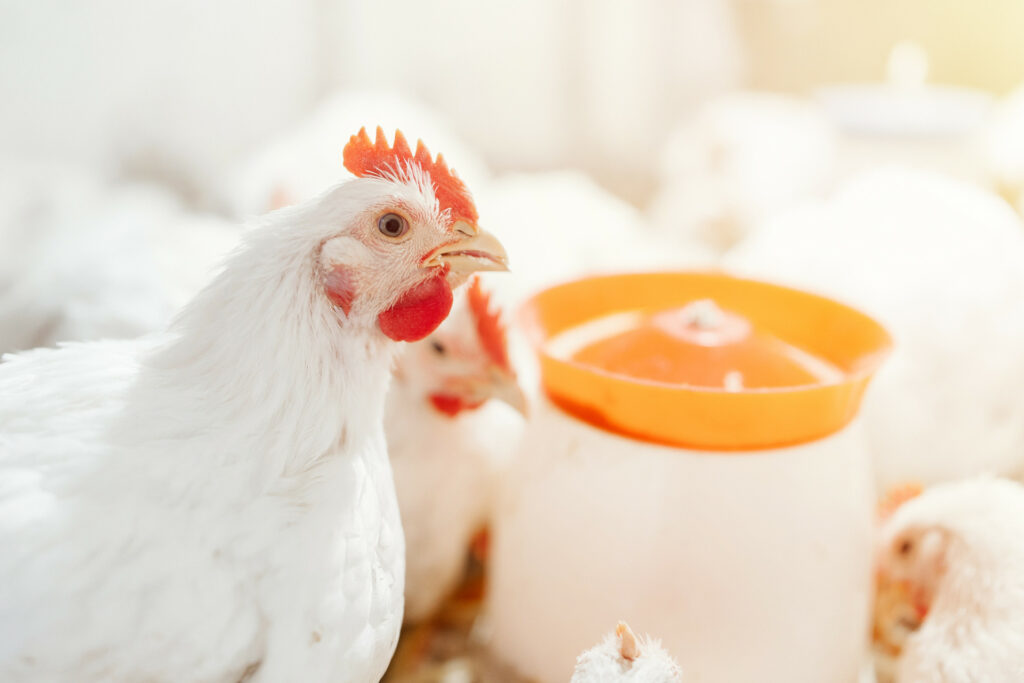
The route to more digital twins
Nutreco aims to evolve all animal models in its portfolio into digital twins. However, this doesn’t imply that current requirement models are simplistic. Dr Christopher Powell, ruminant modelling expert at Nutreco, explains: “Take our NutriOpt Dairy Model, for example. It already identifies the optimal feeding strategy based on available raw materials, forages, pricing, and individual cow parameters. The model incorporates unique rumen characteristics and digestion kinetics throughout the entire digestive tract. The next step – transforming it into a digital twin – will enable us to predict changes in milk yield, milk solids, and income over feed costs in response to adjustments in diet, management, or environmental factors.”
The sow and layer model in the company’s portfolio are expected to follow a similar progression, from requirement-based to response-based, and ultimately to digital twins. Meanwhile, the broiler and swine models have already reached the digital twin stage, thanks to their extensive feature sets and ability to simulate a wide range of scenarios. Ferguson explains: “Our recently revamped broiler model is now able to predict performance under various genetic, environmental, and nutritional conditions. It can adapt to fluctuating ingredient prices and evaluate potential cost savings, among other capabilities. Our swine model [called Watson] is a true digital twin. It’s the only tool on the market that integrates and optimises all key production variables, including genetics, environment, health, nutrition, transport, and sustainability.”
Conclusion
Digital twins, driven by scientific innovation, skilled expertise, and technological progress like machine learning, are rapidly transforming the livestock sector, opening up new possibilities for animal nutritionists and scientists alike. Ferguson: “At Nutreco, we’re not just discussing digital twins. We are actively investing in the science, technology, and people required to bring them to life. The human component is especially important. After all, the animal nutritionist and user must be able to understand the power and capabilities of the models (digital twins).”
This is why Nutreco is also investing in training, so that its technical support team, feed advisers as well as clients can make full use of all the features in the models to solve real case scenarios and complex questions they encounter. Ferguson concludes: “The powerful combination of all relevant expertise and knowledge enables us to continually advance our models and adopt a holistic, dynamic approach to feed formulation. Rather than relying on static, linear methods that we used for many years, digital twins will create added value for our customers and help them make better and quicker decisions, optimise animal performance, improve management and increase their profits.”


